Working with wild animals is dangerous, no matter how much experience or care a person has. Tragic incidents still occur even in zoos, where safety measures are strict and interactions are carefully managed. Whether due to human error, an animal’s natural instincts, or sheer unpredictability, these stories remind us that nature is never fully tamed.
1. The Tiger That Broke Free at the San Francisco Zoo
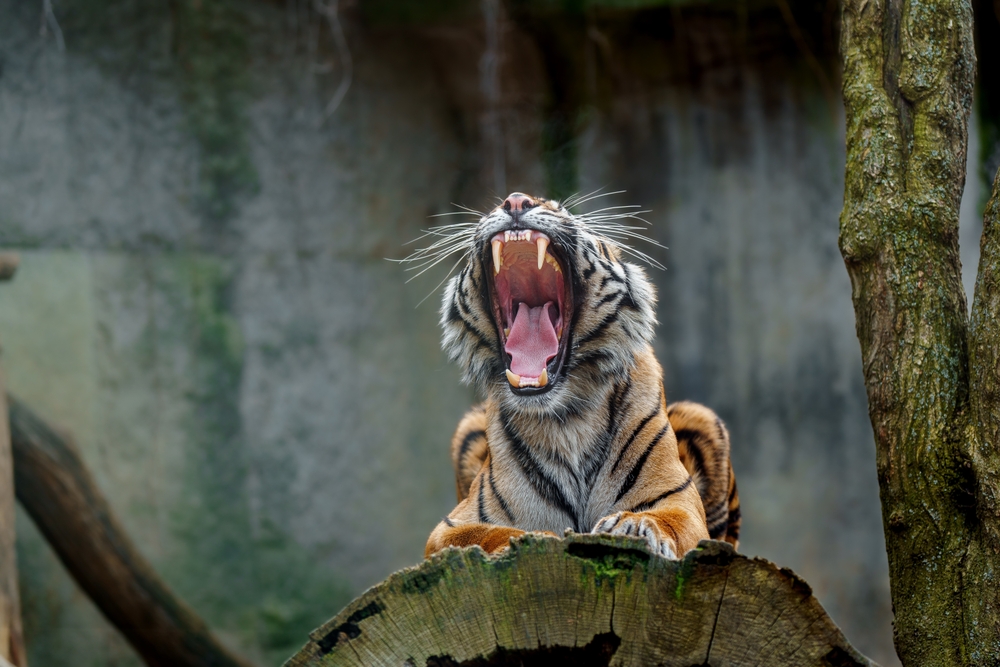
In 2007, a Siberian tiger named Tatiana escaped her enclosure at the San Francisco Zoo, attacking three visitors and killing one. Before that, she had already injured a zookeeper during a routine feeding. This tragic event highlighted potential flaws in enclosure designs and the dangers of underestimating a big cat’s strength. Experts believe Tatiana’s frustration with her environment may have contributed to the attack. The incident left the zoo rethinking its safety protocols and stirred debates about captivity.
2. The Bear Attack at Bern Zoo
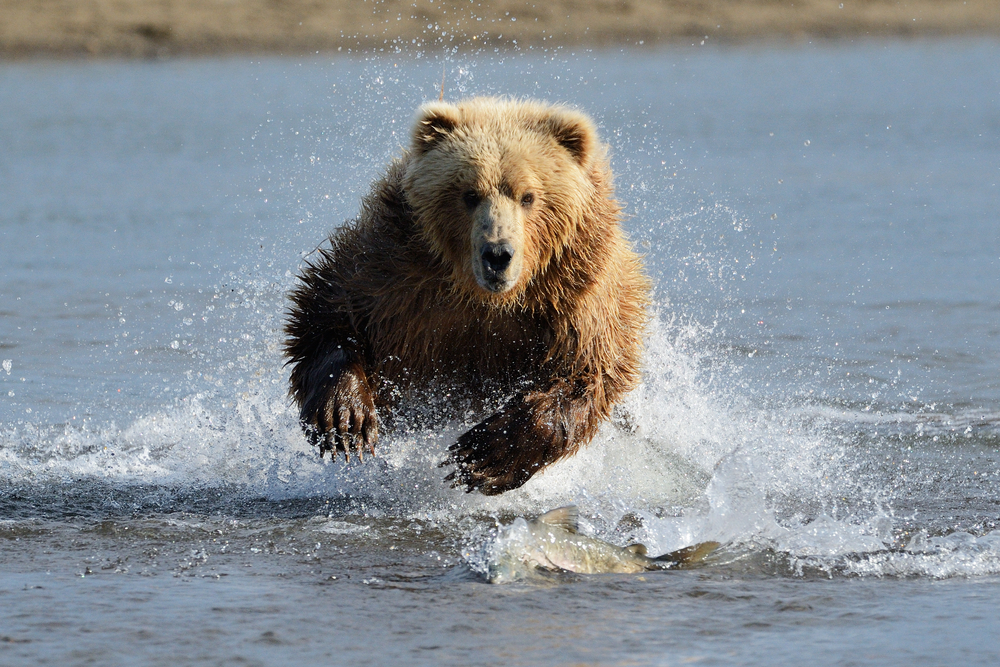
In 2009, a zookeeper at Bern Zoo in Switzerland tragically lost her life after being attacked by four bears. While performing routine maintenance, one of the bears entered the area and mauled her in front of shocked visitors. The attack highlighted the unpredictability of even long-term captive animals. Despite being raised in the zoo, the bears’ instincts surfaced, showing the limits of human control. The tragedy left many questioning if such close encounters were truly necessary.
3. The Killer Whale Incident at SeaWorld

Dawn Brancheau, a seasoned trainer at SeaWorld Orlando, was pulled into the water and killed by Tilikum, a massive killer whale, in 2010. The incident shocked the world and led to widespread discussions about the ethics of keeping such intelligent and powerful creatures in captivity. Tilikum had been involved in two previous fatalities, making this attack even more controversial. Dawn’s death became pivotal in animal advocacy, sparking the documentary Blackfish and calls to end marine mammal shows.
4. The Lioness Attack in Johannesburg
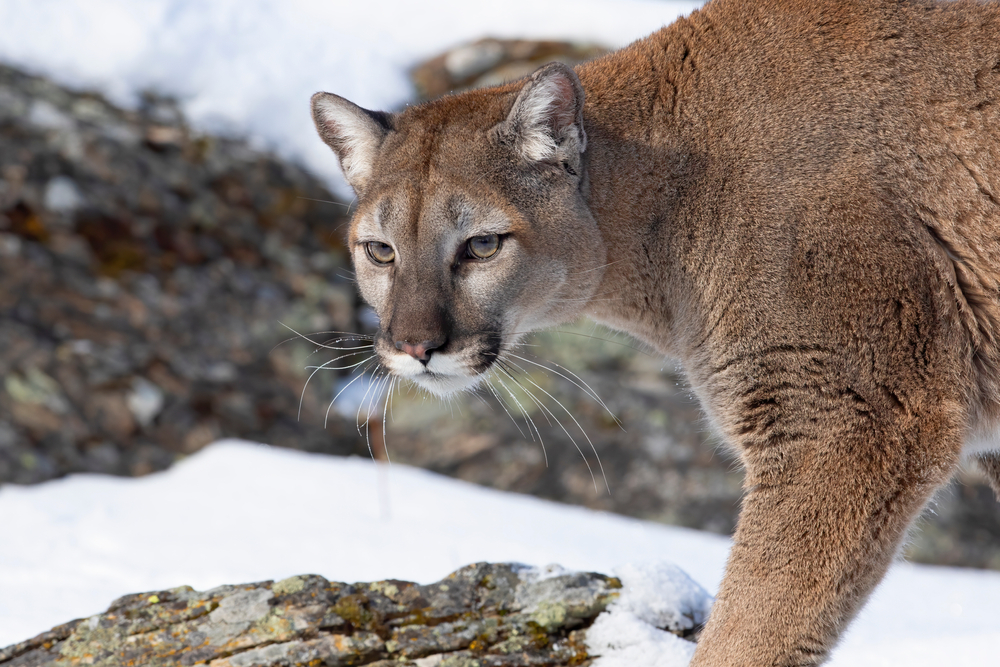
In 2018, a 22-year-old intern working at the Makalali Private Game Reserve near Johannesburg was fatally attacked by a lioness. Despite following standard safety protocols, the young woman entered an area where the lioness roamed freely. The tragic event underscored how even experienced handlers can underestimate the dangers of working with predators. Witnesses reported the lioness acted suddenly and without warning, leaving no chance to intervene. This heartbreaking loss highlighted the risks of human-wildlife interactions in conservation settings.
5. The Crocodile Attack in Mexico
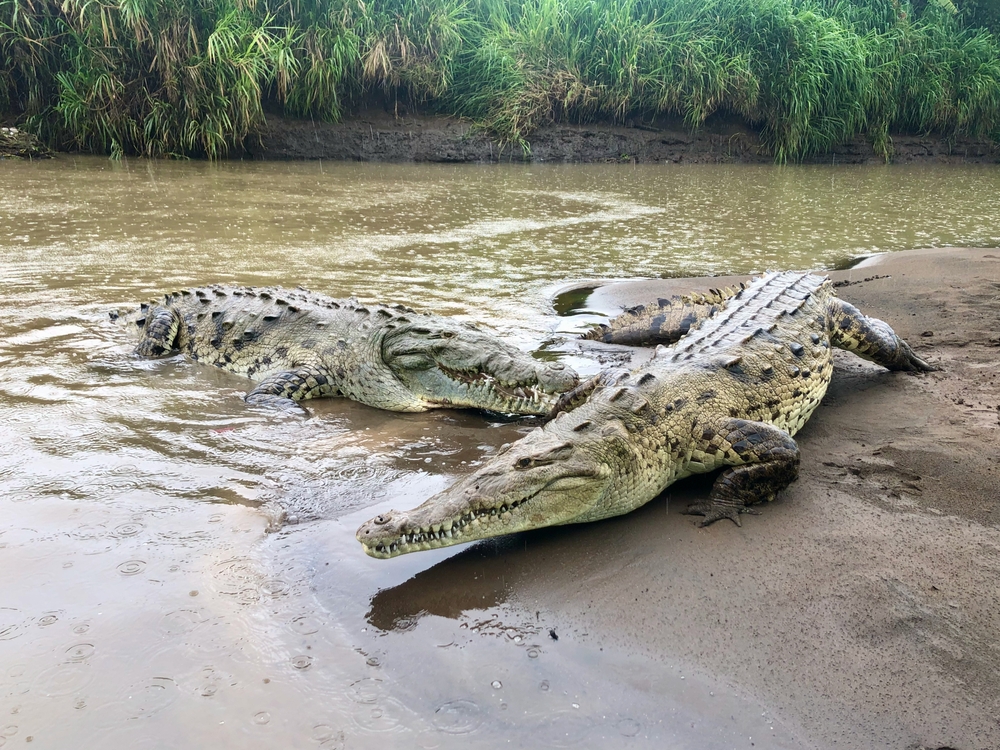
In 2020, a zookeeper at a private zoo in Mexico was killed by a crocodile during feeding time. Despite being experienced with reptiles, the keeper got too close, and the animal lunged with deadly force. Witnesses described the incident as a grim reminder of how quickly these predators can strike. Crocodiles are known for their lightning-fast reflexes, making any close interaction a gamble. The zoo faced scrutiny over its safety procedures following the tragic event.
6. The Gorilla Rampage at Dallas Zoo

A horrifying event unfolded in 2004 when a gorilla named Jabari escaped his enclosure at the Dallas Zoo. He injured several people, including a child, and was fatally shot by authorities. Earlier that day, Jabari had displayed signs of agitation, which were reportedly ignored. The incident led to debates about enclosure security and the psychological toll captivity takes on intelligent animals like gorillas. Jabari’s death left a lasting scar on both the zoo and the community.
7. The Elephant Tragedy in Indonesia
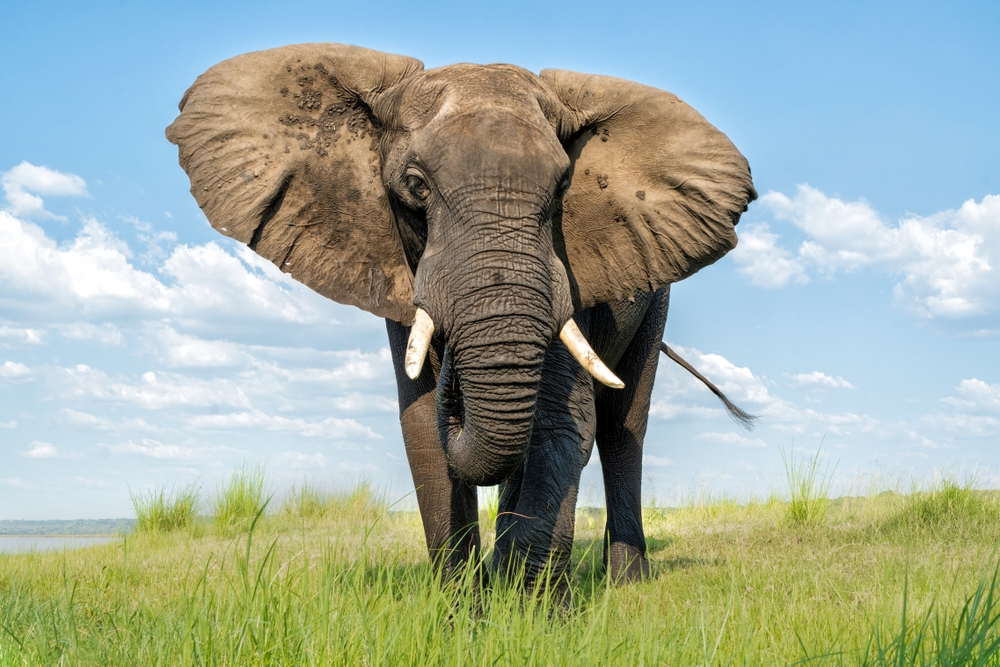
In 2022, a zookeeper in Indonesia was killed by a captive elephant while attempting to move the animal to a new enclosure. Despite their gentle reputation, elephants can become extremely dangerous when stressed or provoked. The worker’s death highlighted the risks of handling such massive, emotionally complex animals. Eyewitness accounts suggested the elephant acted out of fear, underscoring the need for better handling practices. This tragic incident raised questions about training and safety in zoos worldwide.
8. The Polar Bear Attack in Germany
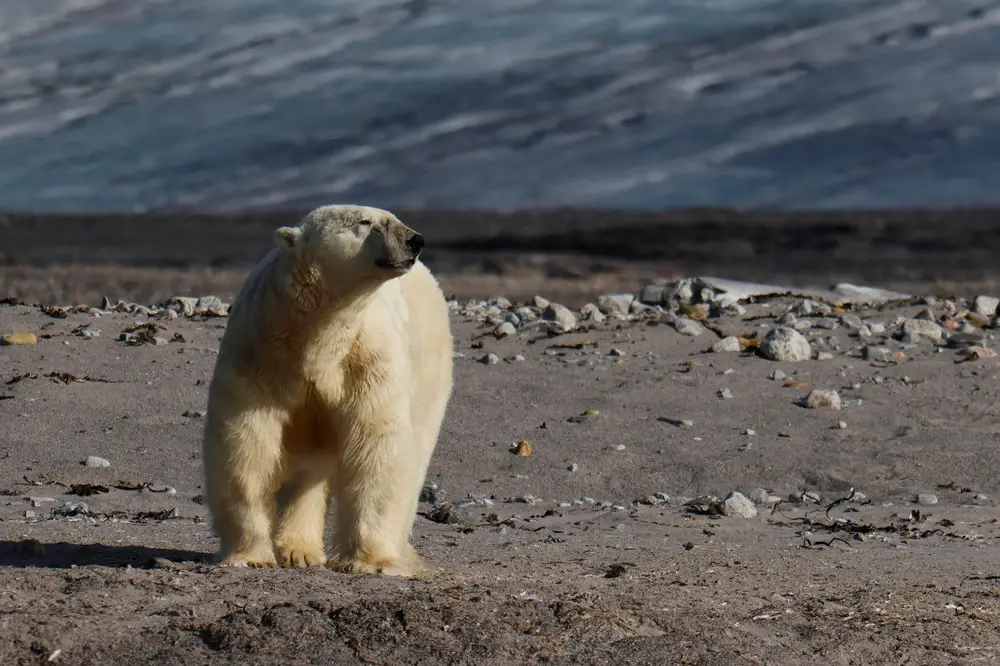
A zoo worker at the Berlin Zoo narrowly survived a polar bear attack in 2009 after falling into the enclosure. Although she was rescued, she suffered severe injuries from the bear’s bites and claws. Polar bears are among the most dangerous predators in the animal kingdom, and this incident was a stark reminder of their power. The zoo faced intense criticism for its handling of the situation and the proximity of workers to such dangerous animals. The event reignited debates about the ethics of keeping large predators in captivity.
9. The Leopard Mauling in India
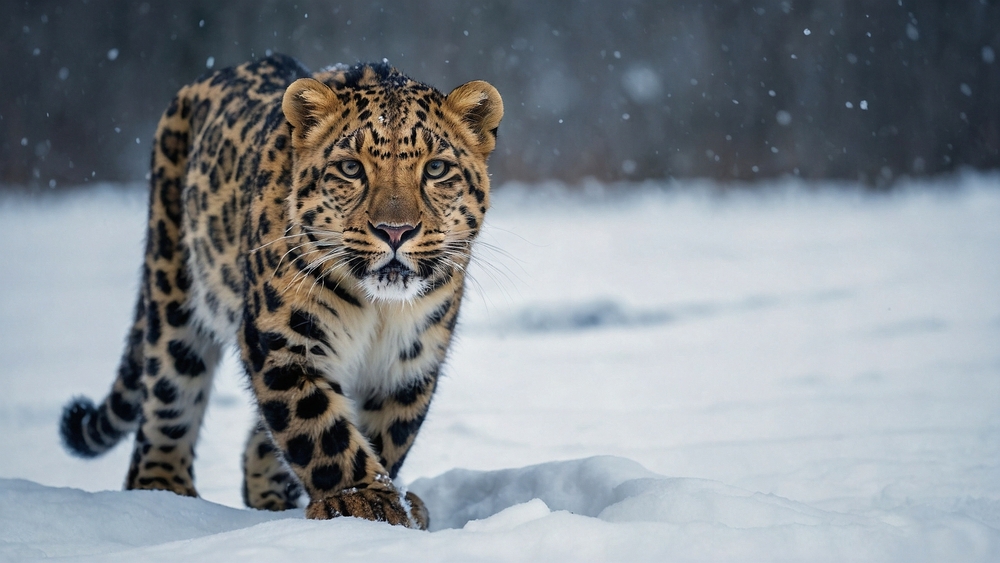
In 2013, a zookeeper at an Indian wildlife park was fatally mauled by a leopard during a feeding routine. The attack happened so quickly that onlookers had no time to intervene. Leopards are known for their speed and stealth, making them especially dangerous even in controlled environments. The incident highlighted gaps in safety protocols at the facility, leading to calls for stricter regulations. This tragedy serves as a sobering reminder of how deadly even routine interactions can become.
10. The Camel Attack in Russia
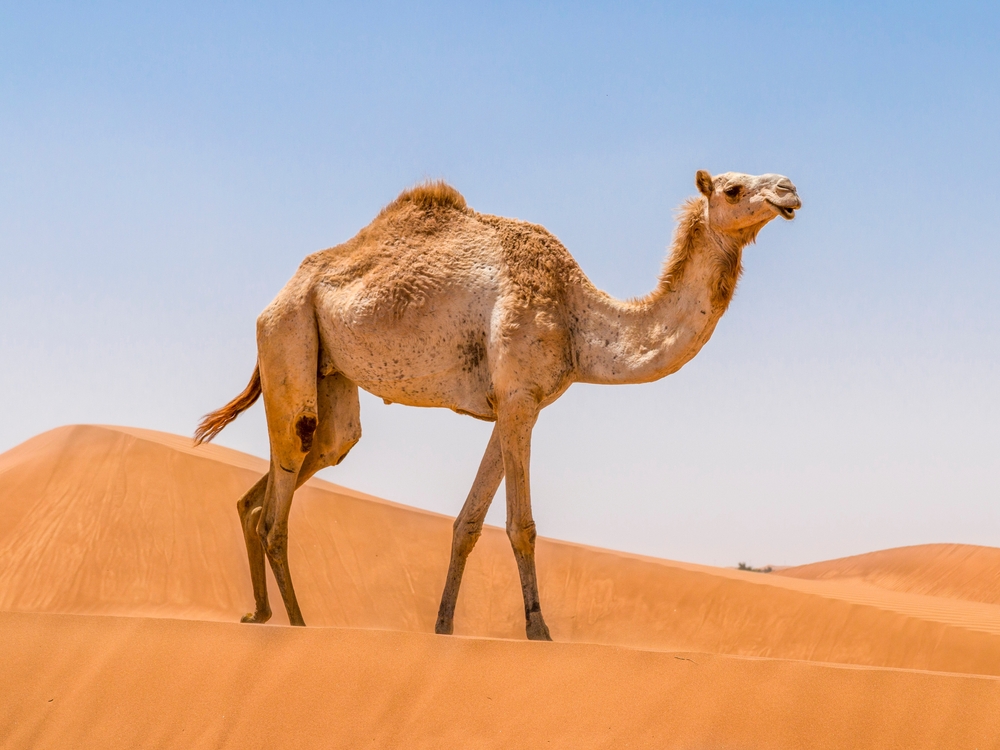
In 2023, a worker at a private zoo in Russia was killed by a camel in a shocking turn of events. Reports suggest the camel became agitated and trampled the man after he hit the animal during feeding. This incident highlighted the unpredictable nature of even seemingly docile animals like camels. The tragedy sparked outrage over the treatment of animals in captivity and raised questions about proper training for handlers. It served as a grim lesson about respecting the power of all creatures.
11. The Rhino Charging in Nepal
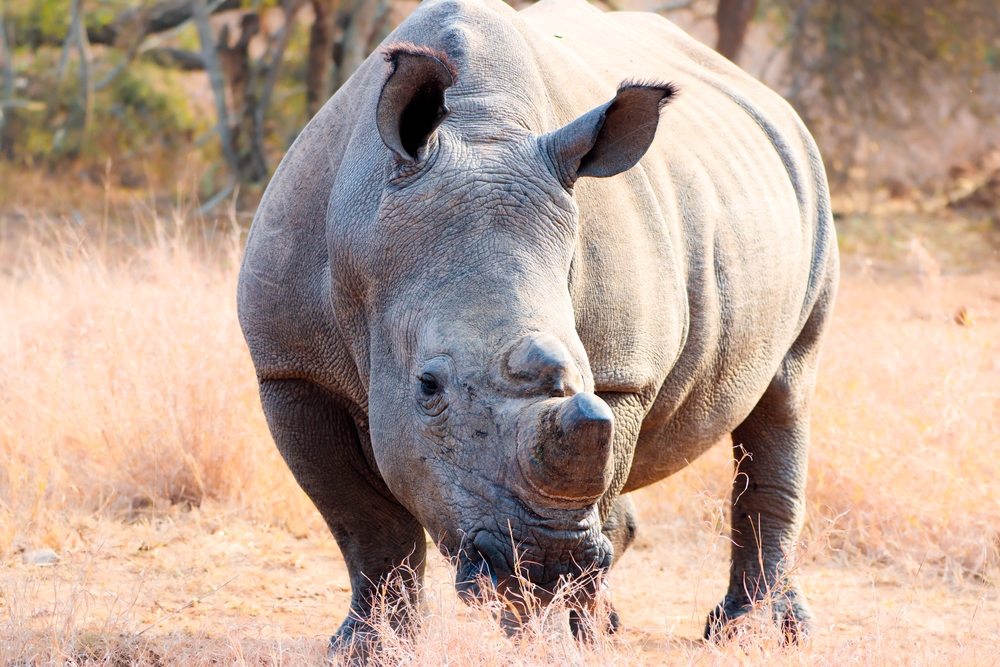
A zookeeper in Nepal died in 2017 when a rhino charged during a routine feeding. Rhinos may appear calm, but they are capable of incredible speed and aggression when provoked. The attack happened in an open enclosure, leaving the worker with no escape route. Witnesses described the event as sudden and terrifying, emphasizing respecting these massive creatures’ strength. The tragedy led to increased safety measures at the facility.
12. The Python Strangulation in Thailand
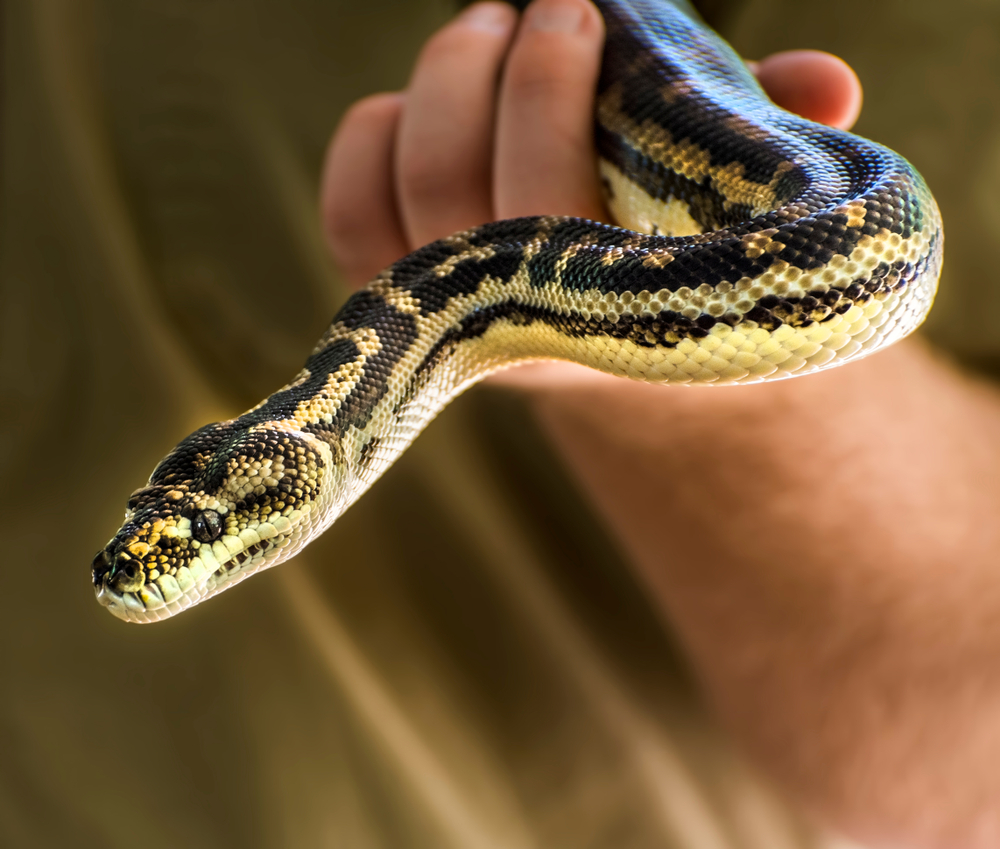
A python fatally strangled a handler at a reptile zoo in Thailand during a demonstration in 2019. The snake wrapped around the worker before anyone could intervene, highlighting the risks of performing with wild animals. Pythons are incredibly strong, and even experienced handlers can miscalculate their behavior. The event shocked visitors and raised awareness about the dangers of close encounters with large snakes. It served as a stark warning about the unpredictability of even trained animals.
13. The Hippo Incident in Kenya
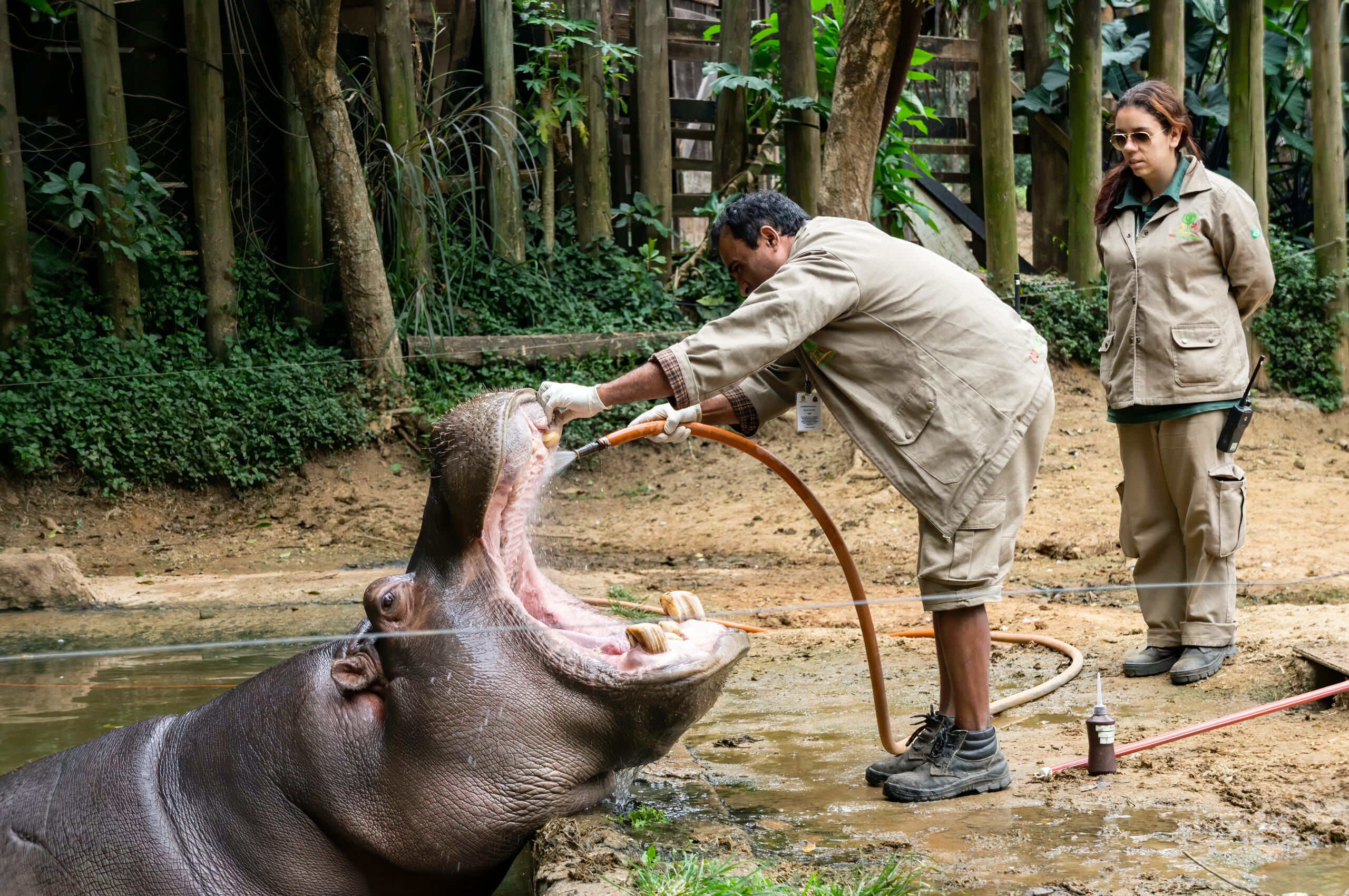
A zookeeper in Kenya was killed by a hippo in 2016 while trying to clean its enclosure. Hippos are often underestimated despite being one of the deadliest animals in Africa. The attack was swift and brutal, leaving no time for the worker to escape. This tragedy underscored the importance of maintaining distance from such powerful creatures, even in captivity. The incident led to increased safety protocols at the facility.
14. The Wolf Pack Attack in China
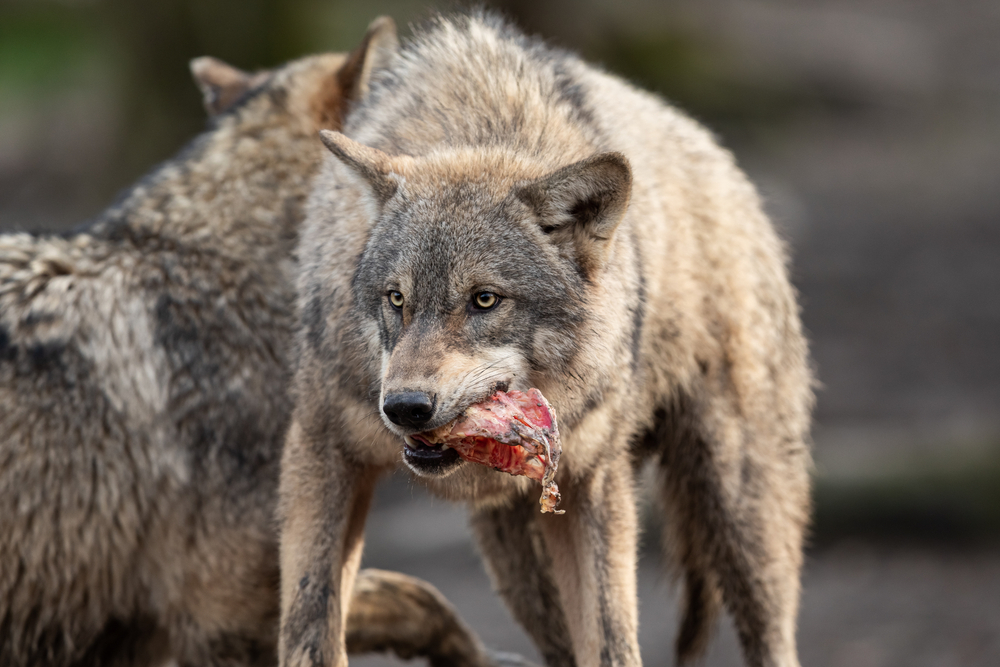
In 2014, a zookeeper at a wildlife park in China was killed by a pack of wolves during a feeding session. The attack shocked onlookers, who described the animals’ coordinated aggression. Despite being raised in captivity, the wolves exhibited their natural pack-hunting instincts. This incident highlighted the risks of working with animals that retain such primal behaviors. The tragedy sparked calls for better safeguards to protect workers.
15. The Zebra Incident in Japan
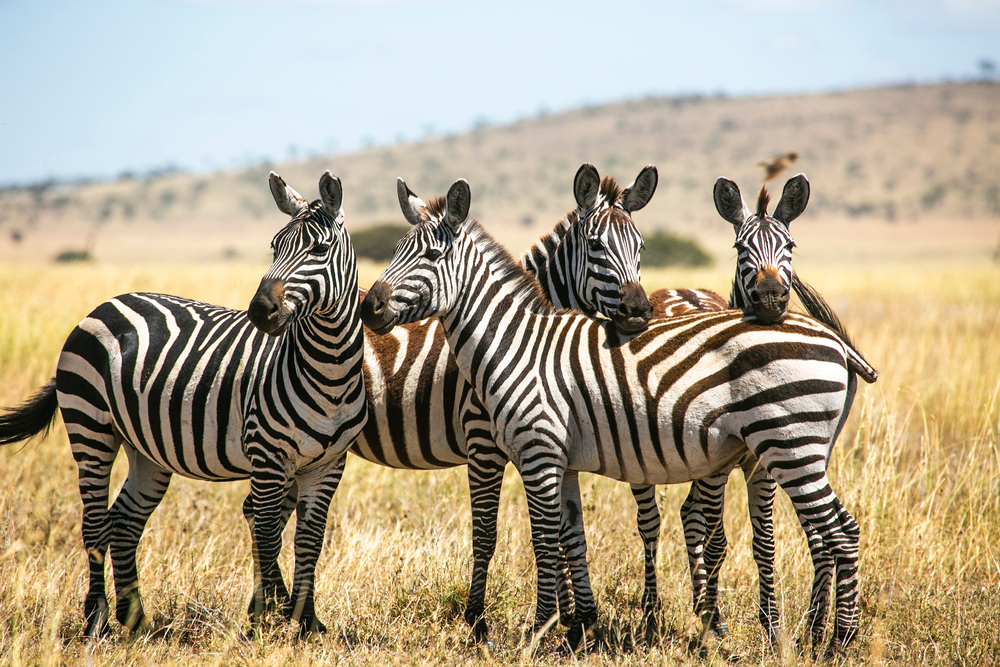
In 2015, a zookeeper in Japan was killed by a zebra after the animal became agitated during a routine check. Zebras may not seem dangerous, but they are incredibly strong and can act aggressively when stressed. The worker’s death was a stark reminder of the unpredictable nature of all animals, no matter how familiar they may seem. This tragic event led to reevaluating safety practices for handling seemingly harmless species. It’s a chilling example of how quickly things can turn deadly.
